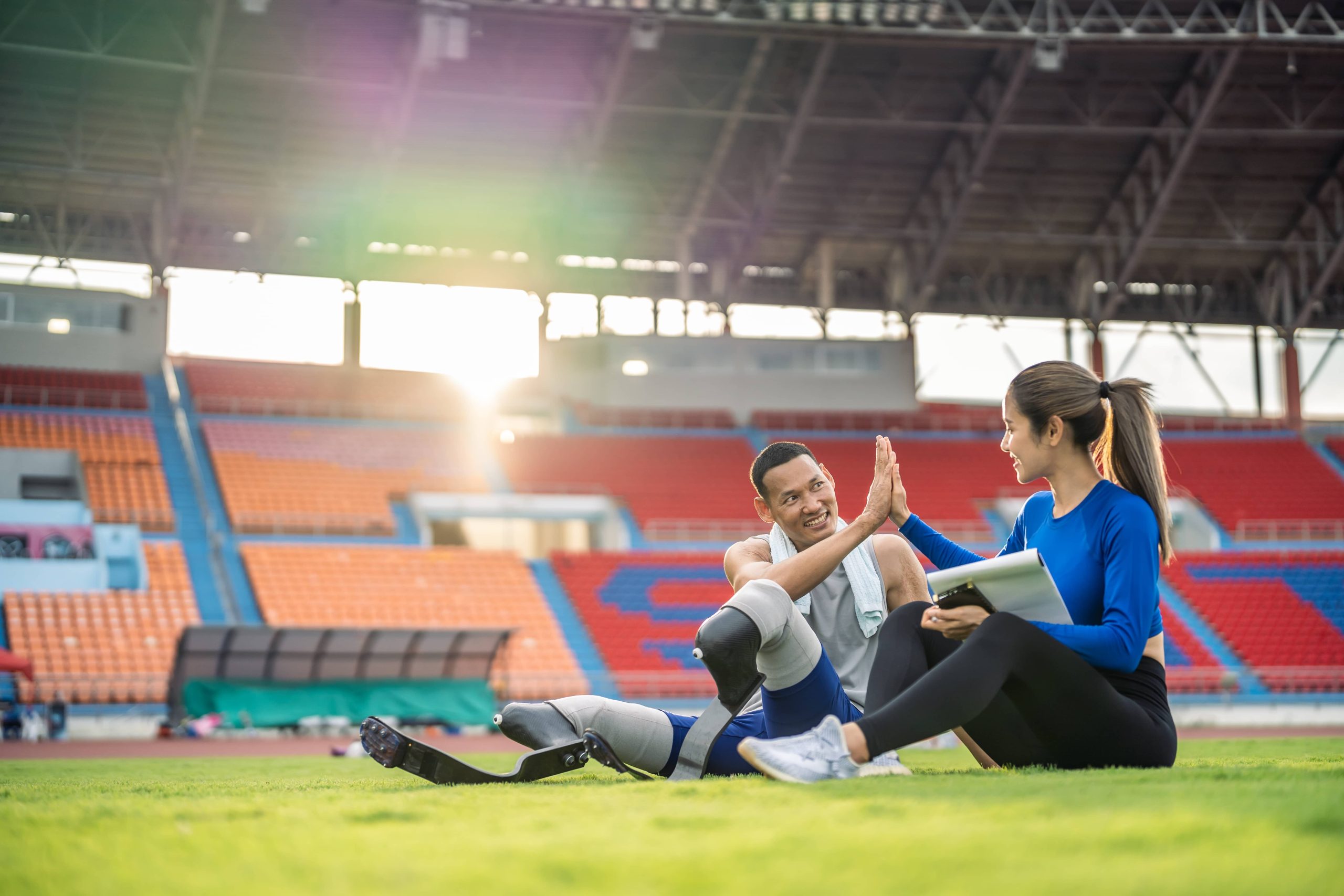
Running is one of the most accessible and fulfilling forms of exercise. It’s a great way to boost cardiovascular health, build endurance, and relieve stress. However, to maximize these benefits and minimize the risk of injury, it’s vital to pay attention to your running form. Whether you’re a seasoned marathoner or a beginner lacing up your shoes for the first time, refining your running technique can make a significant difference in your performance and enjoyment. Here are five tips to help you improve your running form and get the most out of your runs.
1. Focus on Your Posture
Good posture is the foundation of proper running form. It enhances breathing efficiency and reduces the risk of injury. Aim for an upright posture with a slight forward lean from the ankles, not the waist. This lean helps you utilize gravity and reduces strain on your back. Keep your head level with your eyes looking forward—not down at your feet—as this will ensure your neck stays aligned with your spine, minimizing tension.
Your shoulders should be relaxed and down, avoiding a hunched or tensed position. A relaxed upper body allows for better lung expansion and reduces fatigue. Think about opening up your chest to improve your breathing even further. Running with an inflated chest can make a surprising difference in how you feel over the length of your run.
2. Consider Your Arm Movement
Many runners underestimate the importance of correct arm movement. However, effective arm use helps with balance, momentum, and energy efficiency. When running, keep your elbows bent at about a 90-degree angle and your arms close to your body. Your hands should move from your waistband to chest level in an arc-like motion.
Avoid crossing your arms over the midline of your body, as this can lead to inefficiencies and throw your body off balance. This lateral movement can waste energy and lead to a zigzag running style, which increases the time on your feet and distance. Focus on letting your arms drive forward and back like a pendulum. Your grip should be relaxed, not clenched into fists; imagine holding a small egg that you don’t want to crush but also don’t want to drop.
3. Master Your Foot Strike
Foot strike is often debated in the running community, with various theories about whether a heel, midfoot, or forefoot strike is best. Ultimately, the most suitable type of foot strike depends on your specific body mechanics. However, there are some general guidelines to enhance efficiency and reduce injury risk.
Aim to strike the ground beneath your body, which often means shortening your stride. Overstriding, or landing with your foot significantly ahead of your center of gravity, can lead to heel striking and increased impact forces on your joints. A shorter, quicker stride can help reduce those impact forces.
In terms of foot placement, try to land lightly with minimal noise, as excessive impact sounds can indicate inefficient technique and increased stress on your joints. Training barefoot or in minimalist shoes for short distances is one way to reinforce gentle landing and improve your proprioception.
4. Find Your Cadence
Cadence, or step rate, refers to the number of steps you take per minute. While everyone’s ideal cadence can vary slightly, many experts suggest aiming for around 170 to 180 steps per minute for efficient running. A higher cadence helps prevent overstriding and the associated injuries.
To find your natural cadence, count the number of times one foot hits the ground in a minute, and double that number. If it’s below 170, try gradually increasing your step rate by 5-10% each week to give your body time to adjust. Experimenting with different cadences can help you discover what feels most comfortable and efficient for you. Using a metronome or music with a specific BPM can aid in maintaining your target cadence.
5. Strengthen Core and Leg Muscles
A strong core and legs are essential for good running form. They provide stability and power, helping you maintain proper alignment and preventing fatigue over longer distances. Incorporating strength training into your routine a couple of times a week can lead to significant improvements in your running efficiency.
Focus on core exercises that target the transverse abdominis, obliques, and lower back. Planks, Russian twists, and bridges are excellent for strengthening these areas. Leg exercises that can improve your running include squats, lunges, and calf raises. Incorporating plyometric exercises like box jumps or skipping can also help increase your power and speed.
Additionally, don’t forget about your hip muscles. Weak hips can lead to poor form and injuries like runner’s knee. Include exercises that work your hip flexors, abductors, and adductors, such as side leg lifts, clamshells, and hip bridges.
Conclusion
Improving your running form is an ongoing process that requires attention and discipline. By focusing on posture, arm movement, foot strike, cadence, and strength training, you can enhance your efficiency, reduce your risk of injury, and increase your enjoyment of running. Remember that small changes can have significant impacts over time, and consistency is key. Listen to your body, and give yourself grace as you work to make improvements. Happy running!











